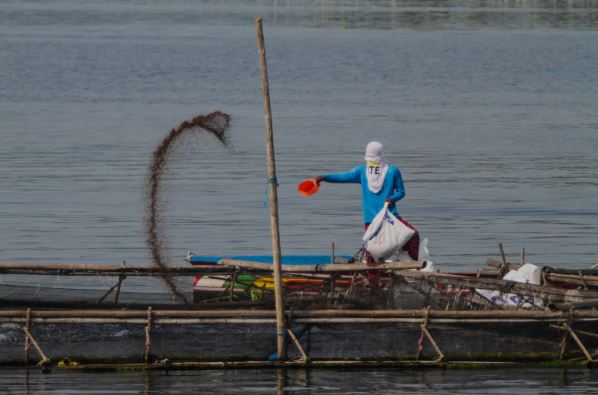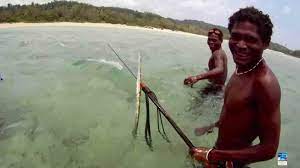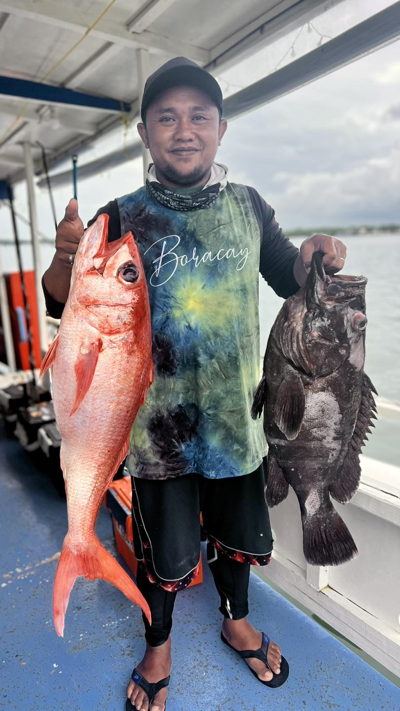Palawan, a paradise for nature enthusiasts, offers a unique opportunity to delve into the rich cultural heritage of its local communities. One such tradition that continues to thrive is fishing, a way of life that has been passed down through generations.

Learn from local fishermen as they share their knowledge and skills, providing you with an authentic glimpse into the island’s maritime culture.
Discover the various fishing methods employed by Palawan’s coastal communities, from casting nets to using bamboo spears. Explore the diverse marine ecosystems and witness the abundance of fish species that inhabit these waters.

Table of Contents
Here’s a detailed list of traditional fishing techniques commonly used in Palawan:
1. Handline Fishing:
- Description:
- Handline fishing is a simple method using a single fishing line with a baited hook.
- Fishermen manually control the line, often from small outrigger boats or directly from the shore.
2. Fish Traps (Bubo):
- Description:
- Bubo is a traditional fish trap made from bamboo or other local materials.
- Fish are lured into the trap through a funnel-shaped entrance and are unable to find their way out.
3. Cast Net Fishing:
- Description:
- Fishermen throw a cast net into the water, and the net spreads out over the surface.
- This method is often used in shallow waters and near the shoreline to catch small fish and bait.
4. Spearfishing:
- Description:
- Spearfishing involves diving underwater to manually spear fish using a handheld spear or harpoon.
- Traditional free-diving techniques are often employed.
5. Bamboo Fish Corrals (Baklad):
- Description:
- Baklad is a type of fish corral made from bamboo stakes and nets.
- Fishermen use baklad to trap and concentrate fish during high tide, making it easier to catch them during low tide.
6. Fish Aggregating Devices (Payao):
- Description:
- Payao is an anchored floating device that attracts fish by providing a habitat for small marine organisms.
- Fishermen gather around payaos, especially in deeper waters, to catch tuna and other pelagic species.
7. Seine Net Fishing:
- Description:
- Seine nets are large nets with floats on the top and weights on the bottom, forming a vertical wall in the water.
- Fishermen deploy the net in a circular or straight pattern to encircle schools of fish.
8. Gill Net Fishing:
- Description:
- Gill nets are set vertically in the water, with floats at the top and weights at the bottom.
- Fish swim into the net and become entangled by their gills, allowing fishermen to retrieve the catch.
9. Coral Reef Hand Harvesting:
- Description:
- Fishermen harvest fish and invertebrates by hand in coral reef areas.
- This technique requires knowledge of the reef ecosystem to avoid damage to the environment.
10. Muro-ami Fishing:
- Description:
- Muro-ami involves a group of fishermen creating noise to drive fish towards a net.
- The net is often set around coral reefs, and the noise is produced by striking rocks together or using other means.
11. Lobster and Crab Traps:
- Description:
- Fishermen deploy traps specifically designed for catching lobsters and crabs.
- These traps are baited, and once the crustaceans enter, they are unable to escape.
12. Dynamite Fishing (Illegal and Highly Discouraged):
- Note:
- Dynamite fishing involves using explosives to stun or kill fish, making them easy to catch.
- This method is illegal, highly destructive to marine ecosystems, and poses serious risks to fishermen and the environment.

As you engage in traditional fishing, you’ll not only gain valuable insights into the local way of life but also contribute to sustainable fishing practices. By supporting traditional methods, you’re helping to preserve Palawan’s rich marine biodiversity.
Join Tiki Tours and embark on an unforgettable journey of discovery, learning about traditional fishing techniques and experiencing the beauty of Palawan’s coastal communities.
Tips for Responsible Fishing Practices:
- Sustainability: Practice sustainable fishing by adhering to catch limits, avoiding overfished areas, and respecting closed seasons.
- Environmental Awareness: Be aware of the local marine ecosystem and avoid damaging coral reefs or seagrass beds.
- Compliance with Regulations: Familiarize yourself with local fishing regulations and ensure compliance to promote responsible fishing practices.
- Cultural Sensitivity: Respect the traditions and cultural practices associated with fishing in Palawan, and seek permission when necessary.
Traditional fishing in Palawan is not only a means of livelihood but also a cultural heritage that connects communities to the rich marine resources of the region. It’s crucial to promote sustainable and responsible fishing practices to ensure the long-term health of Palawan’s marine ecosystems.

